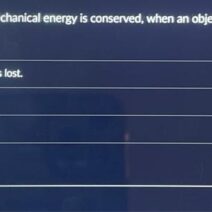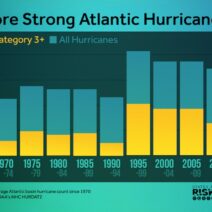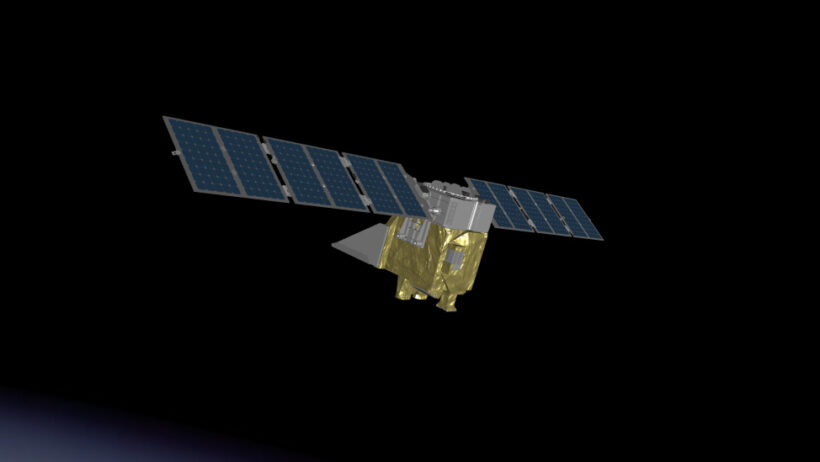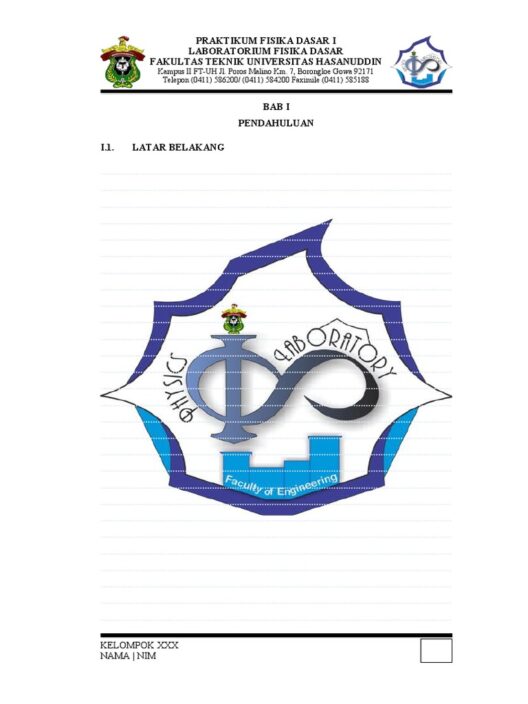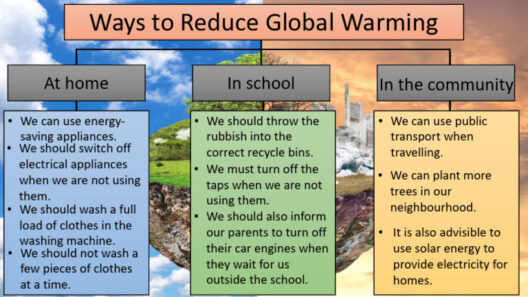Methane, a colorless and odorless gas, may not be as infamous as carbon dioxide in the climate change narrative, but it poses a formidable threat to our planet’s climate stability. Often overshadowed by its more well-known counterpart, methane’s potency as a greenhouse gas is significantly greater, yielding a global warming potential approximately 25 times that of CO2 over a hundred-year period. Understanding methane and its contributions to climate change is essential for developing effective mitigation strategies.
Methane originates from both natural and anthropogenic sources. Naturally, it is produced by geological processes in the Earth’s crust, as well as biological processes in wetlands and other anaerobic environments. However, human activities have dramatically increased methane emissions. Landfills, agricultural practices, particularly livestock production, and fossil fuel extraction and transportation are some of the primary contributors to anthropogenic methane emissions. With agriculture alone responsible for a significant portion, the emphasis on achieving sustainable farming practices becomes increasingly critical.
A common observation among environmentalists and climate scientists is the underestimation of methane’s impact. While carbon dioxide levels have historically dominated discussions surrounding climate change, methane’s short atmospheric lifespan—approximately 12 years, in comparison to carbon dioxide’s centuries—makes it an immediate adversary. Reducing methane emissions presents a unique opportunity to achieve swift and substantial mitigation results. This immediate effect on atmospheric temperature could alter the trajectory of global warming significantly.
The fascination with methane lies not only in its substantial warming potential but also in its complex lifecycle. After its release into the atmosphere, methane undergoes various transformations. In the presence of sunlight, it reacts with hydroxyl radicals, leading to its breakdown into carbon dioxide and water vapor. Although this process reduces methane concentrations, the resultant carbon dioxide remains in the atmosphere for much longer, further complicating the climate crisis.
One cannot discuss methane without acknowledging its role in the context of the wider climate system. As a potent greenhouse gas, methane contributes to the greenhouse effect—an essential natural phenomenon that supports life on Earth. Yet, anthropogenic emissions are intensifying this effect, precipitating catastrophic climate outcomes. The linkage between methane emissions and rising temperatures creates alarming feedback loops, wherein warmer temperatures lead to increased methane release from natural sources such as permafrost and geysers. This vicious cycle necessitates a multifaceted approach to methane management and reduction.
Addressing the methane menace requires collaborative global efforts and innovative solutions. Technological advancements can play a pivotal role in detecting and reducing methane emissions. Innovations such as satellite surveillance, which enables the thorough monitoring of methane leaks from oil and gas infrastructure, provide invaluable data to policymakers. Systems like the MethaneSAT are designed to track methane emissions from space, enabling efficient mitigation efforts by identifying significant sources and emissions hotspots across the globe. This new frontier of environmental monitoring underscores the critical need for a synergetic relationship between technology and environmental stewardship.
Moreover, transitioning to methane-reducing technologies in the agriculture sector can have profound implications. Emphasizing low-emission practices, such as better management of livestock diets, can significantly curtail methane emissions. Researchers have identified additives that can reduce enteric fermentation in ruminants, diminishing methane output from digestive processes. The adoption of anaerobic digesters, converting agricultural waste to biogas, represents another viable strategy for lowering methane emissions while simultaneously providing renewable energy solutions.
Public awareness and engagement are paramount in the fight against methane emissions. Education campaigns that elucidate the significance of reducing methane can galvanize support for effective policies and practices. By highlighting methane’s role in climate change and how individuals can contribute to reducing their personal methane footprints—such as minimizing food waste and supporting sustainable agricultural practices—societal habits can shift towards a more climate-positive culture.
Legislation also plays an indispensable role in addressing methane emissions. Governments worldwide need to implement strict regulatory frameworks targeting methane leaks from the oil and gas sector to agricultural practices. Policies incentivizing research and development into methane mitigation technologies can also foster innovation while promoting compliance across industries. The integration of methane reduction targets into national climate commitments under frameworks such as the Paris Agreement will strengthen global efforts to curb climate change effectively.
In conclusion, the menace of methane should not be underestimated. While carbon dioxide remains a principal focus in discussions surrounding climate change, methane’s capacity for warming the atmosphere and its rapid lifecycle demand immediate action. From innovative technologies to sustainable agricultural practices, there are numerous pathways to mitigate methane emissions effectively. This formidable greenhouse gas is a critical player in the climate crisis and, if left unaddressed, poses a substantial risk to advancing global warming. It is imperative that individuals, governments, and organizations unite in the pursuit of comprehensive strategies aimed at reducing methane emissions, ensuring a sustainable future for generations to come.
